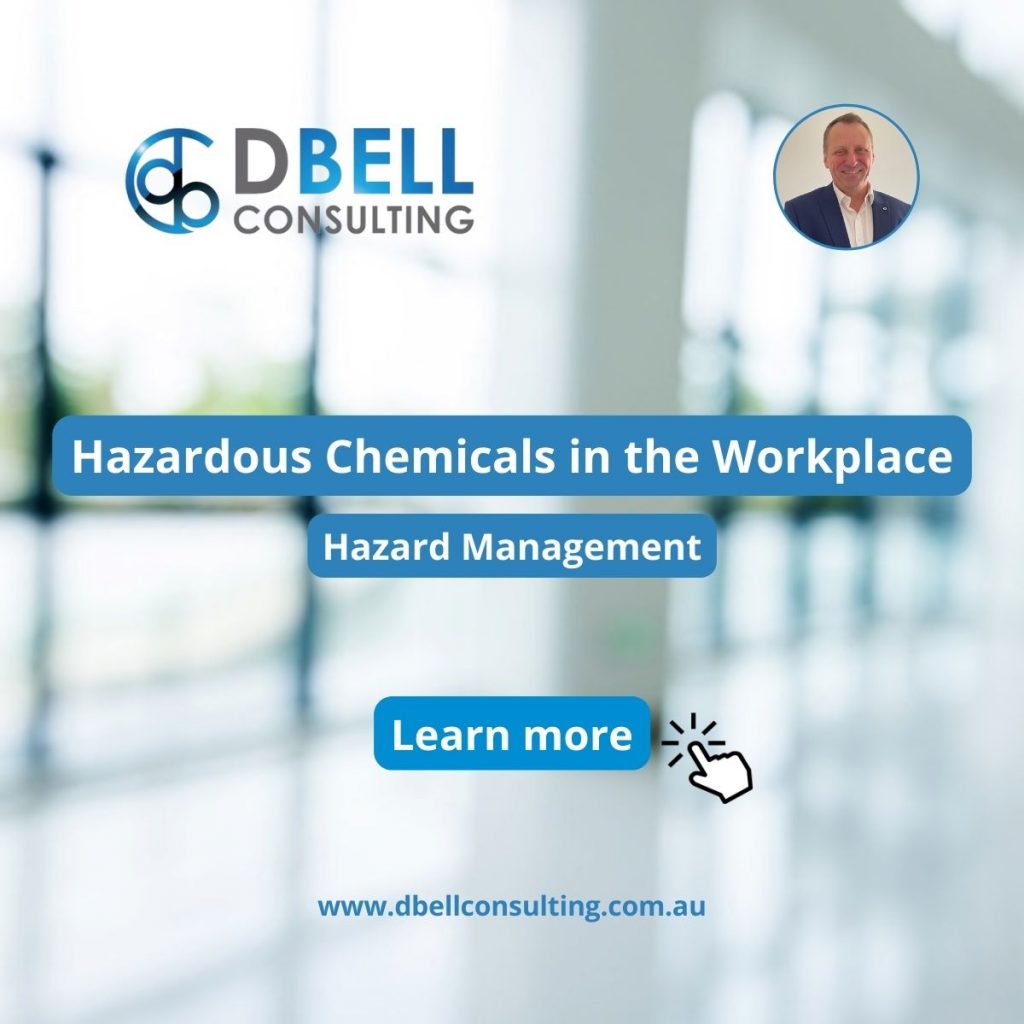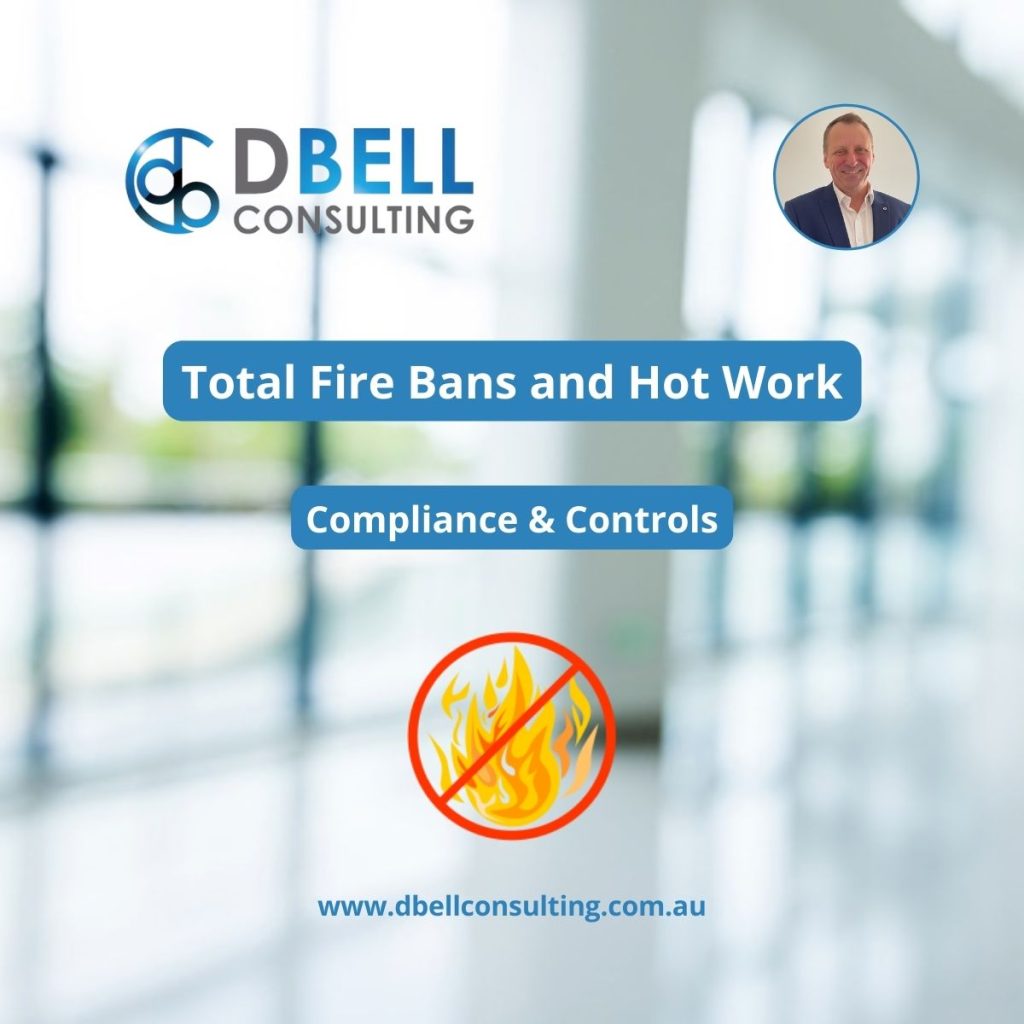Why this it important to manage these risks?
When not properly controlled in the workplace, hazardous substances and chemicals can present immediate or long-term injuries or illnesses to people (Safe Work Australia – Model Code of Practice: Managing risks of hazardous chemicals in the workplace).
This can include:
- Health Hazards: These are properties of a chemical that cause adverse health effects. Exposure usually occurs through inhalation, skin contact or ingestion. Adverse health effects can be acute (short term) or chronic (long term).
- Physical Hazards: These are properties of a chemical that can result in immediate injury to people or damage to property. They arise through inappropriate handling or use and can often result in injury to people and/or damage to property as a result of the intrinsic physical hazard.
Many chemicals have properties that make them both health and physical hazards.
Managing the Risks
The duties for managing the risks of hazardous substances and chemicals under Australian Work Health and Safety (WHS) Regulations is shared between manufacturers and importers of hazardous chemicals, suppliers, persons conducting a business or undertaking (PCBU’s) and also to workers.
For PCBU’s, policies and processes for managing the risks of hazardous substances should include controls such as:
- Ensuring that purchases of hazardous chemicals are only made when necessary for business operations.
- Wherever possible, substances should be chosen that pose the lowest risk of harm to people and the environment.
- A Register of hazardous substances in the workplace is maintained and kept up-to-date.
- Up-to-date Safety Data Sheets (SDS) are obtained from the chemical supplier, manufacturer or importer upon purchase.
- Criteria for conducting risk assessments for workplace hazardous substances.
- Worker consultation, and provision of information on decisions to store and use hazardous substances at the workplace.
- Provision of information and training to workers to be aware of the hazardous properties of workplace substances, and how to protect themselves from harm.
- Processes and resources for the safe storage and segregation, labelling, handling, use and disposal of hazardous chemicals, also taking into account potential environmental impacts.
- Health monitoring for workers where there is a risk to the worker’s health because of exposure to a hazardous chemical, in accordance with specified WHS regulations (e.g. Schedule 14 in the Safe Work Australia Model WHS Regulations).
- Emergency response plans and resources to respond in the event of an emergency incident involving hazardous chemicals, such as spills and/or events resulting in harm to persons.
Compliance References
For more information about the management of risks from hazardous chemicals in the workplace, consult the below sources:
- Work Health and Safety (WHS) Regulations – in Australia refer to Chapter 7, Part 7.1 of the Work Health and Safety Model Regulations (link)
- Safe Work Australia Model Code of Practice: Managing risks of hazardous chemicals in the workplace (link)
Should you need any assistance, contact DBell Consulting.



